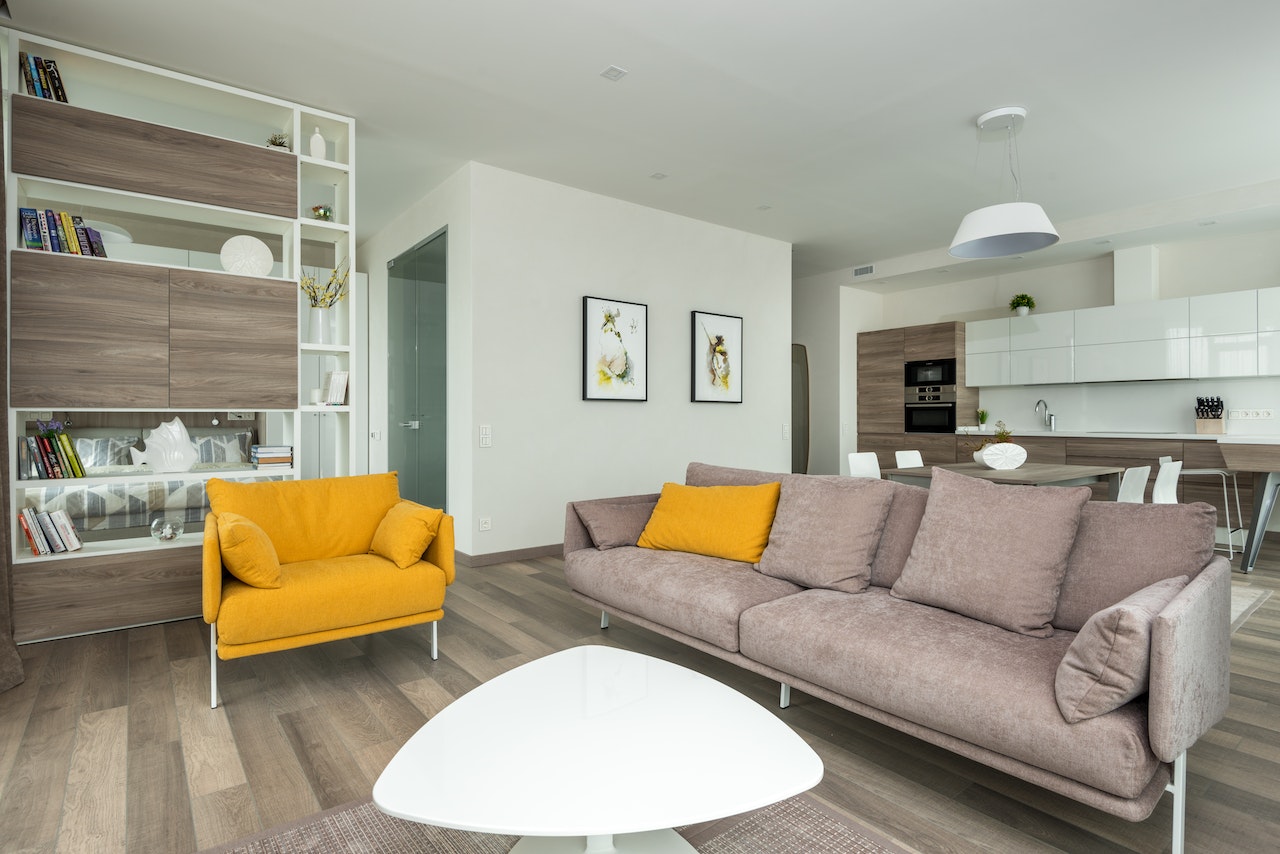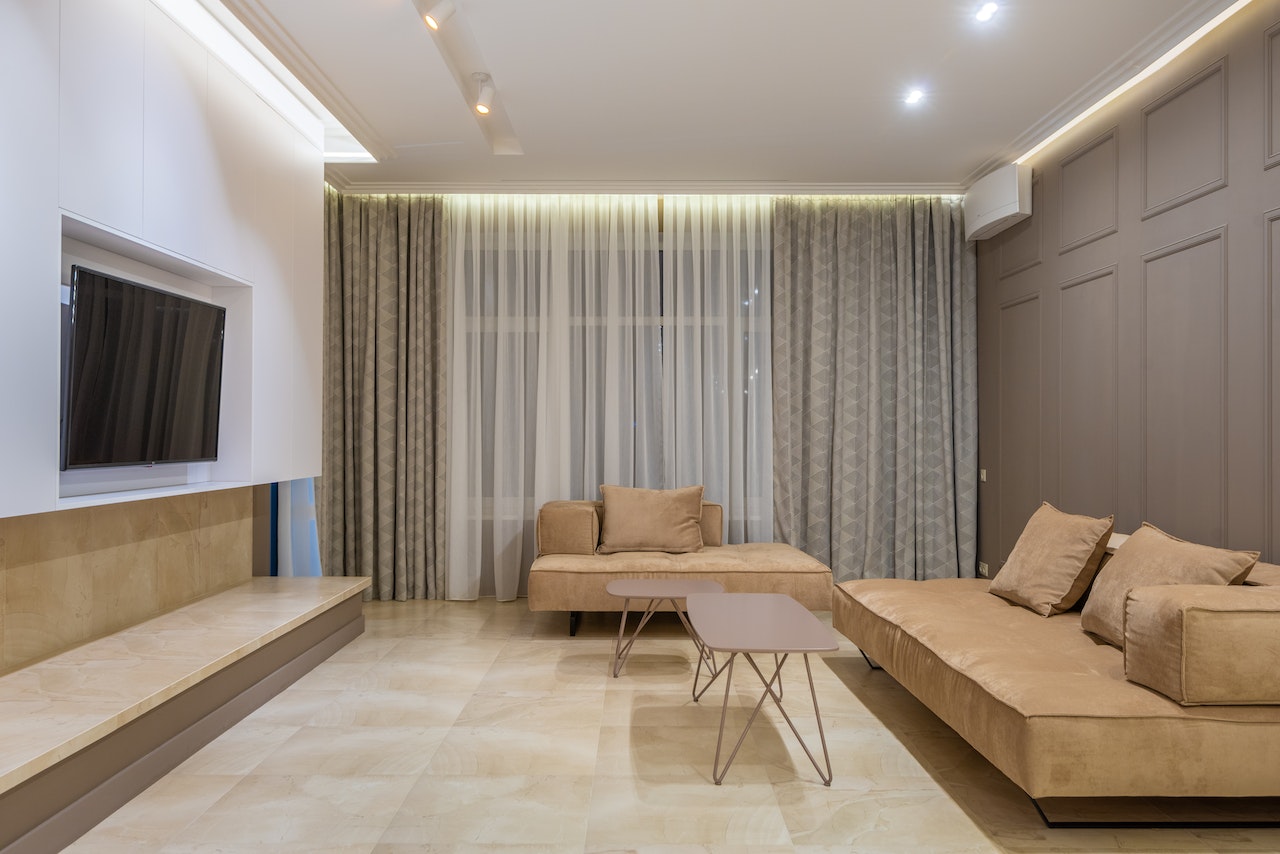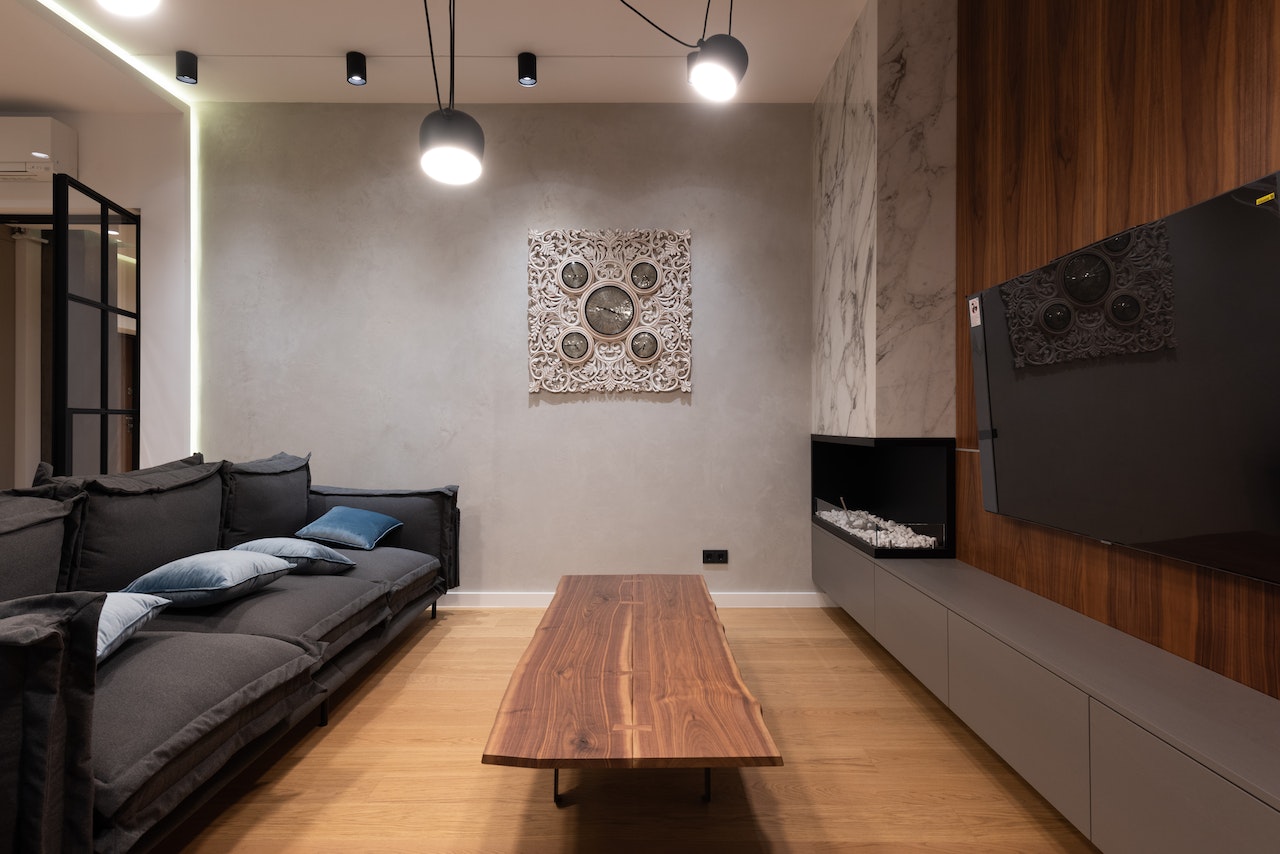5 Pro Tips to Improve Your Real Estate Photography Skills

Real estate photography plays an important role in attracting potential buyers and renters to a property. As a photographer, it is crucial to understand the needs of your clients and capture the property in a way that highlights its best features. In this blog post, we will discuss five pro tips to help you improve your real estate photography skills.
Tips for Better Real Estate Photography
Understanding the Client's Needs
Before you begin taking photographs, it is important to understand the needs of your client. What is their vision for the property? Are they looking to highlight specific features or amenities? Do they want to showcase the property's location? Once you understand their needs, you can tailor your shots to meet their expectations.
Invest in Quality Equipment
Investing in quality equipment can make a significant difference in the quality of your photographs. A professional camera with a wide-angle lens can capture more of the property in a single shot, allowing potential buyers to get a better sense of the space. A tripod can help you achieve stable shots and avoid shaky images.
Prepare the Property
Preparing the property before you begin taking photographs can help ensure that the space looks its best. Make sure that the property is clean and clutter-free. Consider removing personal items or anything that might detract from the property's features.
Consider the time of day that you will be taking photographs. Natural lighting can play a big role in how the property looks, so choose a time when the lighting is optimal.
Master Lighting Techniques

Mastering lighting techniques is crucial for capturing the property in its best light. When taking indoor shots, consider using natural light sources such as windows to highlight the space. You may want to consider using artificial lighting to enhance specific areas of the property.
Outdoor shots can be challenging due to changing lighting conditions, so consider taking shots during the golden hour when the lighting is soft and warm.
Compose Your Shots

Composition is key when it comes to real estate photography. Using the rule of thirds, perspective, symmetry and balance, and leading lines can help create visually appealing images that showcase the property's features.
The rule of thirds is a technique that involves dividing the frame into thirds both horizontally and vertically, and placing the main subject along these lines or at their intersection points. Perspective can create depth and dimension in an image, while symmetry and balance can create a sense of harmony. Leading lines can draw the viewer's eye to specific areas of the image.
Editing for Enhancement
Editing your images can help enhance their visual appeal. Using editing techniques such as adjusting exposure, contrast, and color balance can help make your images more vibrant and visually appealing. Using a background removal tool can help remove distractions from the background, creating a cleaner and more professional image.
Developing a Consistent Style

Developing a consistent style can help create a cohesive look and feel across your real estate photography portfolio. Consider creating a style guide that outlines your preferred shooting and editing techniques, as well as any other branding elements such as color palettes or font choices.
This can help ensure that your images have a consistent look and feel, and can help establish your brand as a real estate photographer.
Key Takeaways
Improving your real estate photography skills involves understanding the client's needs, investing in quality equipment, preparing the property, mastering lighting techniques, composing your shots, editing for enhancement, and developing a consistent style. By following these pro tips, you can capture visually appealing images that highlight the best features of the property and attract potential buyers and renters.